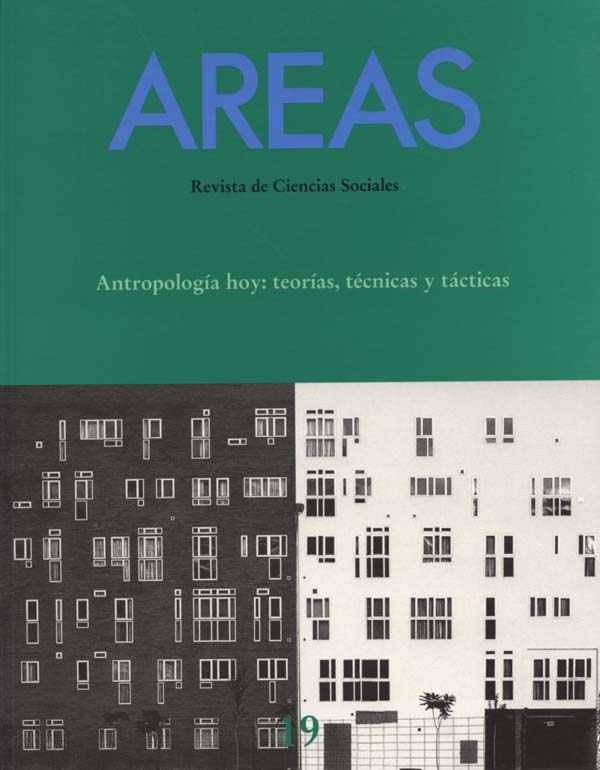POVERTY, SOCIAL EXCLUSION AND SPATIAL SEGREGATION
Abstract
The author analyses a case study -Parque Ansaldo, a suburb in the metropolitan area of Alicante-. In the beginning it was a public enterprise and it was planned as a middle-class neighbourhood, but because a series of reasons -spatial isolation, low quality construction, lack of equipments- houses were first occupied by working class families, and then for ethnic minorities like gipsies and north-africans. A process of succession, that's to say of ethnic substitution, has developed, as members of certain minorities have left, looking for better conditions. People living in that suburb are stigmatized in the face of employers, and so they have difficulties for getting a job. And a neighborhood that's inhabited by poor people has a general problem for getting decent equipments and public services. Starting with this case study we will pose the general problem of poverty in Spain, and we will review an academic discussion on the related problems of urban poverty, spatial segregation and social exclusion. We don't think that such processes are neither an entirely new phenomenon nor a question of auto-organization. In the contrary we argue that Spanish state and labour market (connected as they are with global processes) ha ve a lot to do with the reorganization of local relations between poverty and urban segregation.
Downloads
-
Abstract3015
-
PDF (Español (España))2284
The published works by this Journal are subject to the following terms:
1. The Publication Service of the University of Murcia (the Editor) owns the copyright of its publications. It promotes and allows its use under the indicated licence in Section 2.
© Servicio de Publicaciones, Universidad de Murcia, 2011
2. Papers are digitally published under the licence Creative Commons Reconocimiento-NoComercial-SinObraDerivada 3.0 España (legal text). They can be copied, used, disseminated, transferred and publically presented if: i) the author is quoted, as well as the original source of publication (Journal, editorial and URL); ii) they are not used for commercial purposes; iii) the licence of use is mentioned.
3. Auto-file Conditions. It is allowed and authors are encouraged to digitally disseminate their pre-print versions (versions prior to review) and/or post-print (reviewed version accepted for its publication) since it promotes its early diffusion and the corresponding increase of quotes and scope within the academic community. RoMEO Colour: green.


